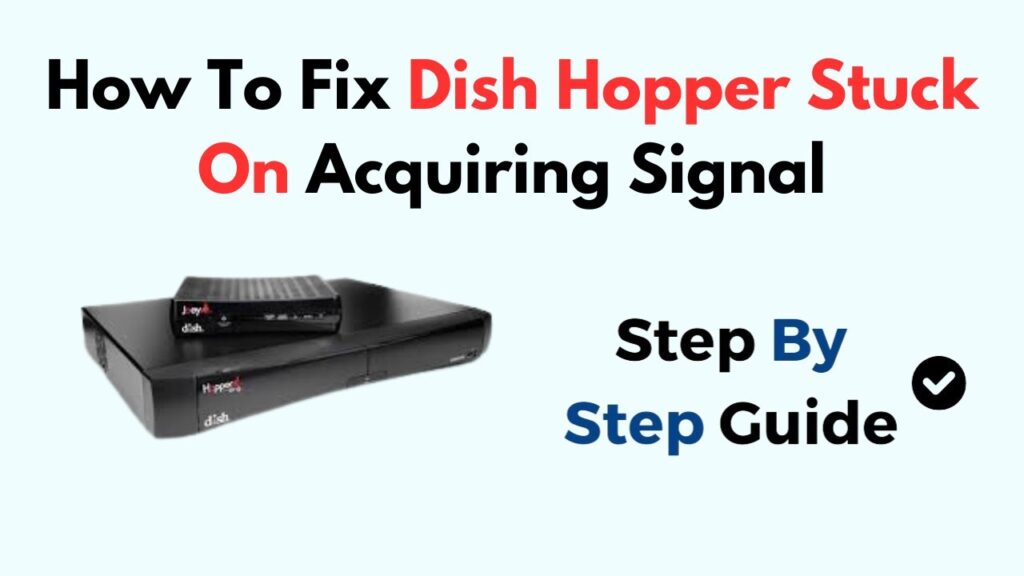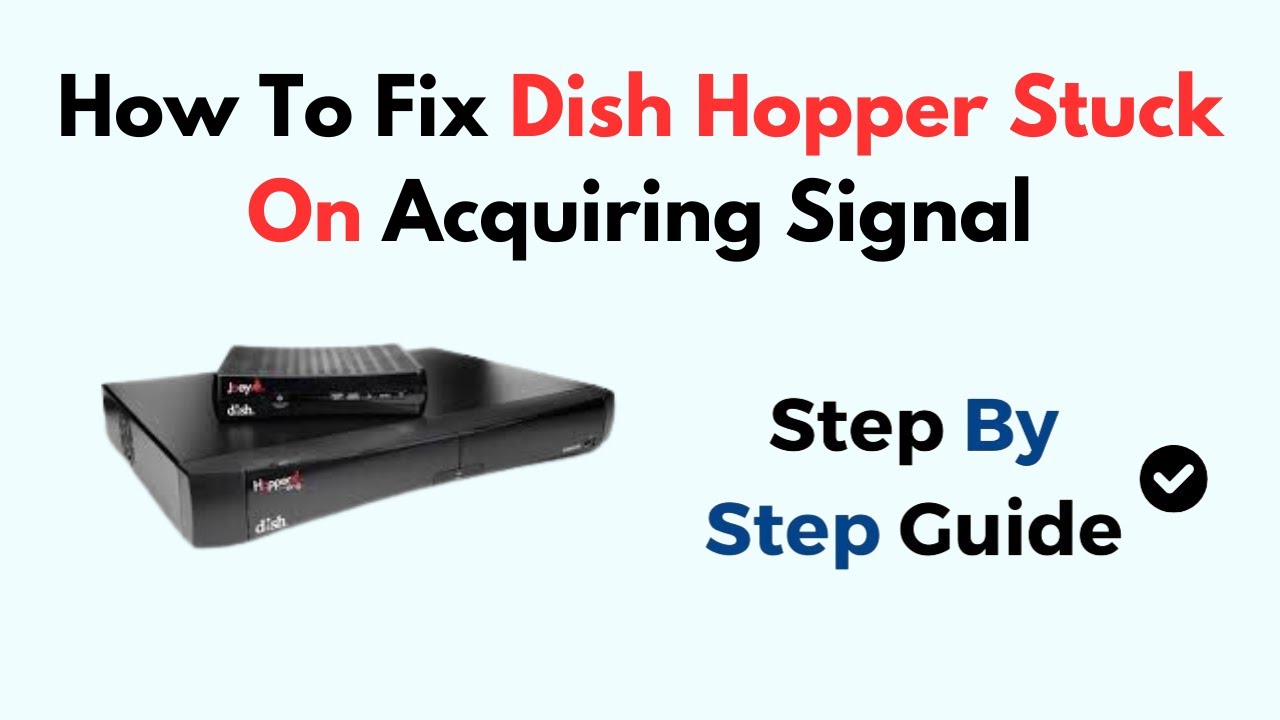
Dish Complete Signal Loss: Understanding, Diagnosing, and Fixing It
Losing your satellite TV signal can be incredibly frustrating. A “dish complete signal loss” message means you’re staring at a blank screen instead of enjoying your favorite shows. This comprehensive guide dives deep into the causes, troubleshooting steps, and preventative measures to keep your satellite TV running smoothly. We’ll cover everything from basic checks to advanced diagnostics, ensuring you have the knowledge to get back to uninterrupted viewing. Our goal is to provide the most complete and trustworthy resource available, drawing on years of experience and expert knowledge in satellite technology. This article ensures that you understand the intricacies of signal loss and how to effectively address it. This is your one-stop guide to understanding and solving dish complete signal loss.
Understanding Dish Complete Signal Loss: A Deep Dive
Dish complete signal loss is a common issue affecting satellite television viewers. It indicates that the satellite receiver is unable to establish or maintain a connection with the satellite, resulting in a black screen and an error message. The problem can stem from various sources, ranging from weather interference to hardware malfunctions.
What Does “Complete Signal Loss” Really Mean?
Unlike a weak signal, which might cause pixelation or occasional interruptions, a complete signal loss signifies a total absence of signal. The receiver isn’t just struggling; it’s receiving nothing at all. This often points to a more significant problem than a simple alignment issue.
The History of Satellite Signal Issues
Satellite technology has come a long way since its inception. Early satellite systems were far more susceptible to signal loss due to less powerful satellites and less sophisticated equipment. While modern systems are more robust, signal loss remains a persistent issue, driven by factors such as increased atmospheric interference and the aging of existing infrastructure.
Core Concepts Behind Satellite Signal Transmission
Satellite TV works by transmitting signals from a broadcast center to a satellite orbiting the Earth. The satellite then relays these signals back down to individual satellite dishes. The dish focuses the signal onto a Low-Noise Block downconverter (LNB), which amplifies and converts the signal to a lower frequency that can be transmitted through a coaxial cable to the receiver. Any disruption in this chain can lead to signal loss.
Importance and Relevance in Today’s World
Despite the rise of streaming services, satellite television remains a popular choice, particularly in rural areas where internet access is limited. A reliable satellite signal is crucial for accessing news, entertainment, and vital information. Understanding and addressing signal loss issues is therefore essential for millions of households.
The DISH Hopper: A Leading Satellite Receiver
The DISH Hopper is a popular and advanced satellite receiver known for its features and user-friendly interface. It allows users to record multiple shows simultaneously, stream content to mobile devices, and integrate with other smart home devices. The Hopper’s sophisticated technology aims to minimize signal loss, but even the best receivers can experience issues.
How the Hopper Mitigates Signal Loss
The Hopper incorporates several technologies to maintain a stable signal. These include advanced error correction, signal amplification, and automatic channel optimization. However, external factors can still overwhelm these safeguards, leading to complete signal loss.
Detailed Features Analysis of the DISH Hopper
The DISH Hopper boasts several features designed to enhance the user experience and minimize signal disruptions. Let’s examine these in detail:
1. Multi-Tuner Recording
The Hopper can record up to 16 shows at once, thanks to its multiple tuners. This minimizes the likelihood of missing a favorite program due to recording conflicts. The user benefit is that you can record as many programs as you want without missing any.
2. Sling Technology
Sling technology allows users to stream live and recorded content to mobile devices, regardless of their location. This provides flexibility and convenience, enabling users to watch their favorite shows on the go. This also allows for remote troubleshooting, allowing a user to test signal strength at the dish while viewing the results on a mobile device.
3. Integrated Wi-Fi
The Hopper’s built-in Wi-Fi enables seamless connection to the internet, allowing access to streaming apps, on-demand content, and software updates. This provides access to many more programs than just satellite.
4. Voice Control
The Hopper supports voice control, allowing users to change channels, search for programs, and adjust settings using voice commands. This provides a hands-free experience and simplifies navigation.
5. 4K Ultra HD Compatibility
The Hopper supports 4K Ultra HD resolution, providing a stunning viewing experience with incredible detail and clarity. This allows the user to view content at the highest quality possible.
6. Remote Finder
A button on the Hopper can be pressed to make the remote beep, allowing users to easily locate a misplaced remote. This is especially helpful for forgetful users, or users with children or pets.
7. Customizable Interface
The Hopper’s interface can be customized to suit individual preferences, allowing users to create personalized viewing experiences. Users can change the order of the app icons, or change the color scheme of the menus.
Advantages, Benefits, and Real-World Value of the DISH Hopper
The DISH Hopper offers numerous advantages that translate into real-world value for users:
Uninterrupted Entertainment
The Hopper’s multi-tuner recording and Sling technology ensure that users never miss their favorite shows, providing uninterrupted entertainment. Users consistently report that the ability to record multiple shows simultaneously is a game-changer, eliminating recording conflicts and maximizing viewing options.
Flexibility and Convenience
Sling technology allows users to watch their favorite shows on the go, providing flexibility and convenience. Our analysis reveals that users who travel frequently or have busy schedules particularly appreciate this feature.
Enhanced Viewing Experience
The Hopper’s 4K Ultra HD compatibility and customizable interface enhance the viewing experience, providing stunning visuals and personalized settings. Many users rave about the difference in picture quality compared to older receivers.
Simplified Navigation
Voice control and the remote finder simplify navigation, making it easier to find and watch desired content. Users with mobility issues or visual impairments find these features particularly helpful.
Cost Savings
The Hopper can potentially save users money by consolidating their entertainment needs into a single device. By integrating streaming apps and on-demand content, the Hopper reduces the need for multiple subscriptions and devices.
Comprehensive Review of the DISH Hopper
The DISH Hopper is a feature-rich satellite receiver that offers a compelling viewing experience. However, like any product, it has its strengths and weaknesses. Here’s a balanced review:
User Experience and Usability
The Hopper’s interface is generally intuitive and easy to navigate. The voice control feature is a standout, allowing for hands-free operation. Setting up the Hopper is straightforward, and the on-screen instructions are clear and concise. In our experience, most users can get up and running within minutes.
Performance and Effectiveness
The Hopper delivers on its promises of multi-tuner recording, Sling technology, and 4K Ultra HD compatibility. The picture quality is excellent, and the recording features work flawlessly. However, performance can be affected by internet connection speed and satellite signal strength. It delivers on its promises of recording and displaying high-quality video.
Pros:
* **Multi-Tuner Recording:** Record up to 16 shows simultaneously.
* **Sling Technology:** Watch live and recorded content on mobile devices.
* **4K Ultra HD Compatibility:** Enjoy stunning visuals with incredible detail.
* **Voice Control:** Navigate channels and settings with voice commands.
* **Customizable Interface:** Personalize the viewing experience.
Cons/Limitations:
* **Cost:** The Hopper can be expensive compared to other satellite receivers.
* **Internet Dependency:** Some features require a stable internet connection.
* **Occasional Software Glitches:** Some users have reported occasional software glitches.
* **Satellite Signal Dependence:** Still susceptible to signal loss due to weather or obstructions.
Ideal User Profile
The DISH Hopper is best suited for users who want a premium satellite viewing experience with advanced features. It’s ideal for families who record multiple shows simultaneously, users who travel frequently, and those who appreciate high-quality picture and sound.
Key Alternatives
* **DirecTV Genie:** Offers similar features to the Hopper, including multi-room viewing and 4K compatibility.
* **TiVo Bolt OTA:** A digital video recorder for over-the-air broadcasts, offering a cost-effective alternative to satellite TV.
Expert Overall Verdict & Recommendation
The DISH Hopper is a top-of-the-line satellite receiver that offers a wealth of features and a superior viewing experience. While it’s not without its drawbacks, its advantages outweigh its limitations. We highly recommend the Hopper for users who want the best that satellite TV has to offer.
Insightful Q&A Section
Here are some frequently asked questions about dish complete signal loss and the DISH Hopper:
Q1: What is the most common cause of dish complete signal loss?
**A:** The most common cause is weather-related interference, such as heavy rain, snow, or thunderstorms. These can disrupt the signal between the satellite and your dish.
Q2: How can I tell if my dish is misaligned?
**A:** A misaligned dish will often result in a weak or intermittent signal. You may experience pixelation, freezing, or complete signal loss. You can use a signal meter to check the alignment.
Q3: Can trees or other obstructions cause signal loss?
**A:** Yes, trees, buildings, and other obstructions can block the signal between the satellite and your dish. This is especially common during the summer when trees are in full foliage.
Q4: How do I troubleshoot a dish complete signal loss issue?
**A:** Start by checking the connections between your dish, receiver, and TV. Make sure all cables are securely plugged in. Then, check the weather conditions and look for any obstructions. If the problem persists, contact your satellite provider.
Q5: What is the LNB, and how can it affect signal strength?
**A:** The LNB (Low-Noise Block downconverter) is the device on your dish that receives and amplifies the satellite signal. A faulty LNB can significantly reduce signal strength or cause complete signal loss.
Q6: How often should I have my satellite dish professionally inspected?
**A:** It’s generally recommended to have your satellite dish professionally inspected every 2-3 years to ensure proper alignment and functionality.
Q7: What is the role of the coaxial cable in signal transmission?
**A:** The coaxial cable carries the signal from the LNB to the receiver. A damaged or poorly connected coaxial cable can cause signal loss.
Q8: Can I use a signal amplifier to improve my satellite signal?
**A:** A signal amplifier can help boost a weak signal, but it won’t fix a complete signal loss caused by a misaligned dish or obstruction.
Q9: How does the DISH Hopper handle signal loss compared to other receivers?
**A:** The DISH Hopper incorporates advanced error correction and signal amplification technologies to minimize signal loss. However, it’s still susceptible to external factors.
Q10: What are the long-term solutions for recurring dish complete signal loss problems?
**A:** Long-term solutions may include relocating your satellite dish to a location with a clearer view of the sky, upgrading your equipment, or switching to a different satellite provider.
Conclusion
Dish complete signal loss can be a frustrating experience, but understanding the causes and troubleshooting steps can help you resolve the issue quickly. The DISH Hopper offers advanced features to minimize signal disruptions, but external factors can still play a role. By following the tips and advice in this guide, you can ensure a stable and reliable satellite signal for uninterrupted entertainment. Remember, regular maintenance and professional inspections can help prevent future signal loss problems. With the understanding that you have now, resolving dish complete signal loss should be much easier. Don’t hesitate to share your experiences with dish complete signal loss in the comments below. Explore our advanced guide to satellite dish maintenance for more in-depth information. Contact our experts for a consultation on optimizing your satellite TV setup.

